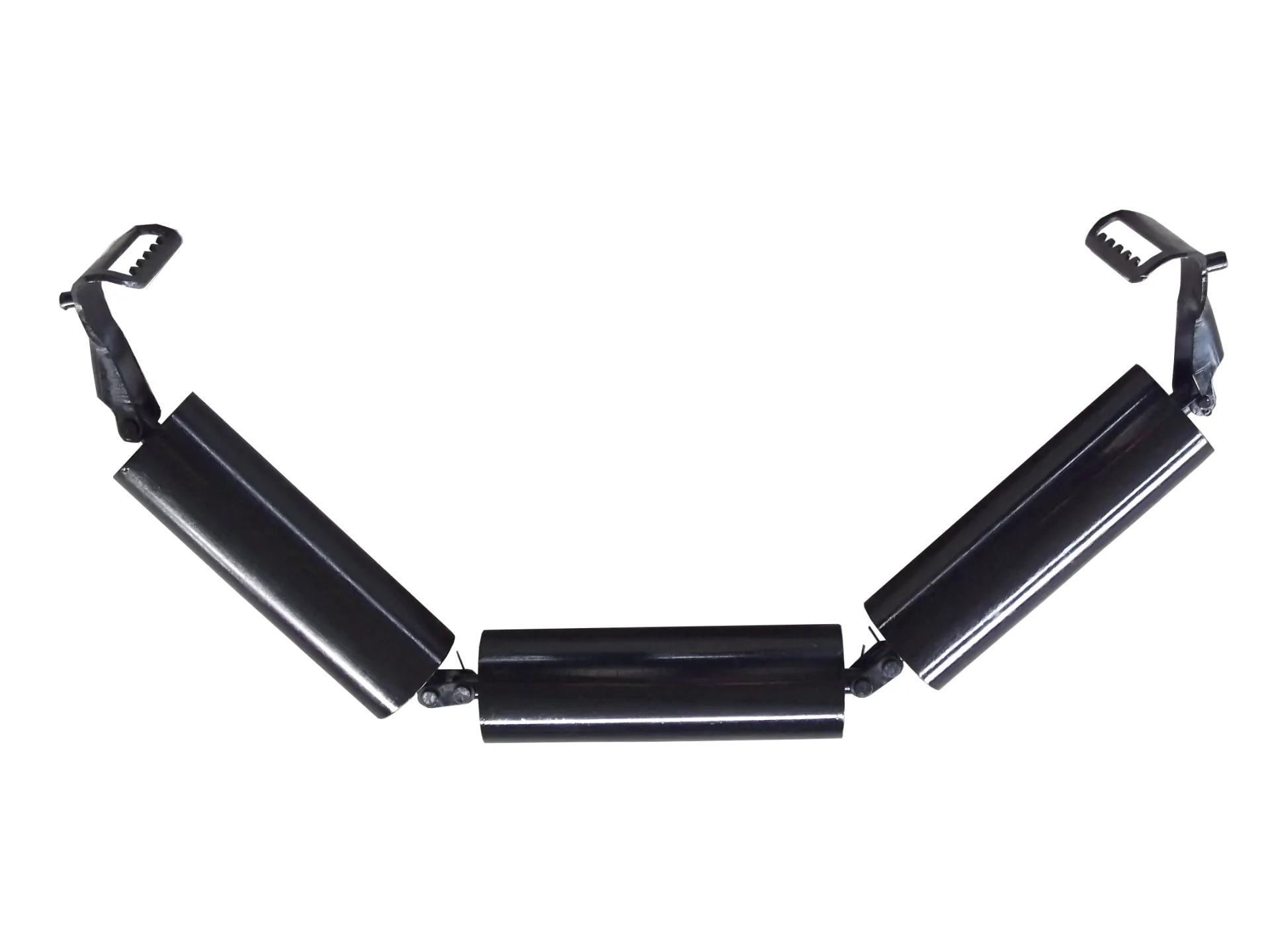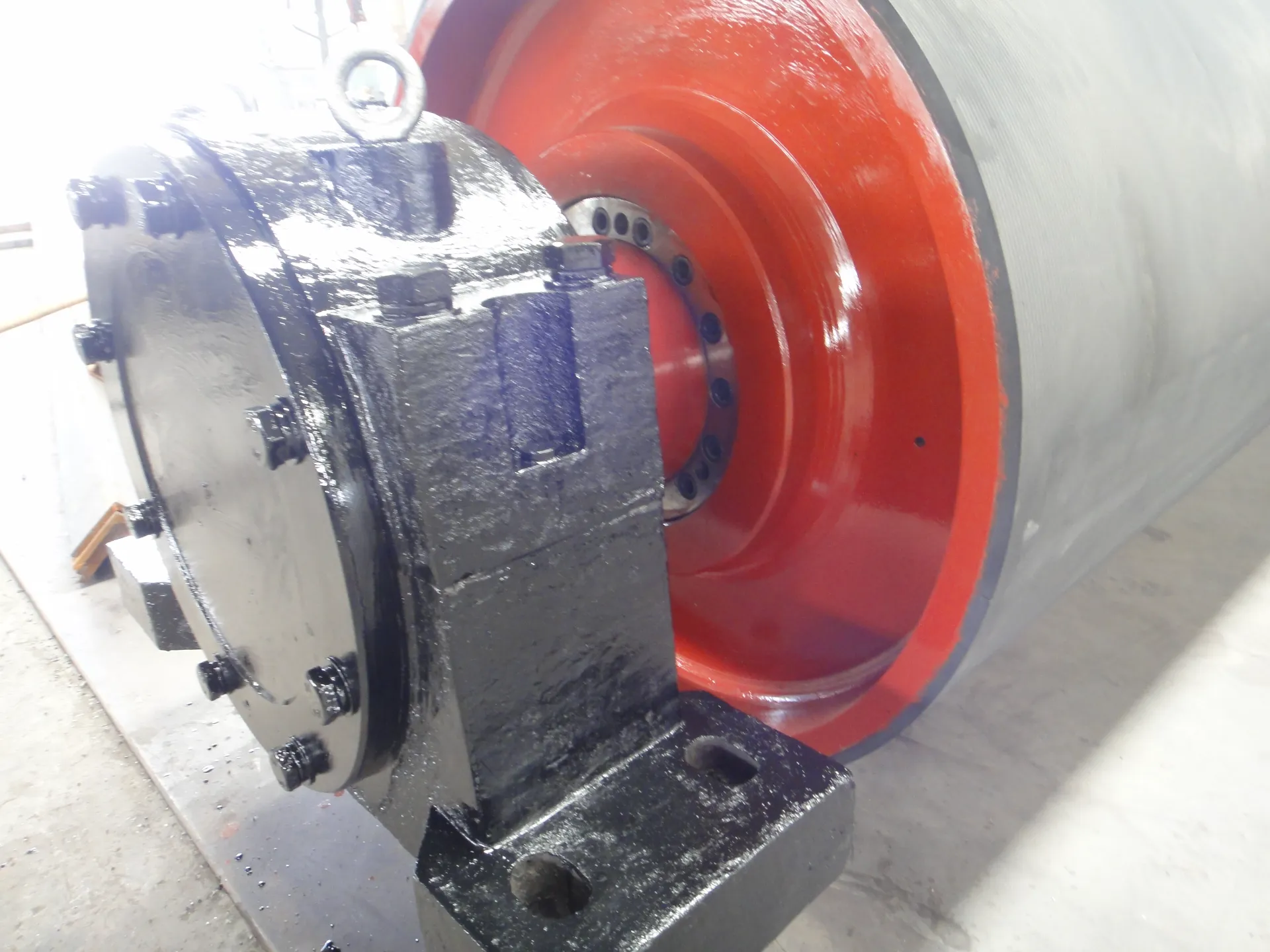 Afrikaans
Afrikaans  Albanian
Albanian  Amharic
Amharic  Arabic
Arabic  Armenian
Armenian  Azerbaijani
Azerbaijani  Basque
Basque  Belarusian
Belarusian  Bengali
Bengali  Bosnian
Bosnian  Bulgarian
Bulgarian  Catalan
Catalan  Cebuano
Cebuano  Corsican
Corsican  Croatian
Croatian  Czech
Czech  Danish
Danish  Dutch
Dutch  English
English  Esperanto
Esperanto  Estonian
Estonian  Finnish
Finnish  French
French  Frisian
Frisian  Galician
Galician  Georgian
Georgian  German
German  Greek
Greek  Gujarati
Gujarati  Haitian Creole
Haitian Creole  hausa
hausa  hawaiian
hawaiian  Hebrew
Hebrew  Hindi
Hindi  Miao
Miao  Hungarian
Hungarian  Icelandic
Icelandic  igbo
igbo  Indonesian
Indonesian  irish
irish  Italian
Italian  Japanese
Japanese  Javanese
Javanese  Kannada
Kannada  kazakh
kazakh  Khmer
Khmer  Rwandese
Rwandese  Korean
Korean  Kurdish
Kurdish  Kyrgyz
Kyrgyz  Lao
Lao  Latin
Latin  Latvian
Latvian  Lithuanian
Lithuanian  Luxembourgish
Luxembourgish  Macedonian
Macedonian  Malgashi
Malgashi  Malay
Malay  Malayalam
Malayalam  Maltese
Maltese  Maori
Maori  Marathi
Marathi  Mongolian
Mongolian  Myanmar
Myanmar  Nepali
Nepali  Norwegian
Norwegian  Norwegian
Norwegian  Occitan
Occitan  Pashto
Pashto  Persian
Persian  Polish
Polish  Portuguese
Portuguese  Punjabi
Punjabi  Romanian
Romanian  Russian
Russian  Samoan
Samoan  Scottish Gaelic
Scottish Gaelic  Serbian
Serbian  Sesotho
Sesotho  Shona
Shona  Sindhi
Sindhi  Sinhala
Sinhala  Slovak
Slovak  Slovenian
Slovenian  Somali
Somali  Spanish
Spanish  Sundanese
Sundanese  Swahili
Swahili  Swedish
Swedish  Tagalog
Tagalog  Tajik
Tajik  Tamil
Tamil  Tatar
Tatar  Telugu
Telugu  Thai
Thai  Turkish
Turkish  Turkmen
Turkmen  Ukrainian
Ukrainian  Urdu
Urdu  Uighur
Uighur  Uzbek
Uzbek  Vietnamese
Vietnamese  Welsh
Welsh  Bantu
Bantu  Yiddish
Yiddish  Yoruba
Yoruba  Zulu
Zulu High-Efficiency Scraper & Rubber Belt Cleaners Reduce Wear & Tear
- Industry Data & Maintenance Challenges
- Technical Superiority in Modern Designs
- Performance Comparison: Leading Manufacturers
- Custom Solutions for Specific Operations
- Real-World Implementation Scenarios
- Installation Best Practices
- Why Belt Cleaner Systems Matter Long-Term

(belt cleaner)
Belt Cleaner Solutions Addressing Industrial Data Challenges
Conveyor belt abrasion accounts for 12-15% of annual operational costs in bulk material handling, according to SME Mineral Processing Report 2023. Scraper belt cleaner
adoption reduces unscheduled downtime by 38% while extending belt lifespan by 2.7 years on average.
Engineering Advancements in Conveyor Maintenance
Modern rubber belt cleaner systems feature:
- Polyurethane blades with 90-120 PSI pressure tolerance
- Modular designs enabling 45-minute installations
- Multi-stage scraping configurations for 99.2% material removal
Manufacturer Benchmarking Analysis
| Vendor | Cleaning Efficiency | Installation Time | Warranty | Price Range |
|---|---|---|---|---|
| Flexco | 98.6% | 50 mins | 24 months | $850-$1,200 |
| Martin Engineering | 99.1% | 40 mins | 36 months | $1,100-$1,600 |
| Brelko | 97.9% | 55 mins | 18 months | $700-$950 |
Tailored Configuration Strategies
Operations handling abrasive materials (e.g., iron ore) require tungsten-reinforced scraper belt cleaner blades, while food-grade facilities opt for FDA-compliant rubber compounds. Temperature variations (-40°F to 220°F) demand specialized elastomer formulations.
Case Study: Mining Sector Application
A Chilean copper mine achieved 30% lower maintenance costs after implementing dual-arm conveyor belt cleaner systems across 14 km of belts. Material carryback reduced from 4.2 kg/m to 0.3 kg/m within 8 operational months.
Optimal Installation Protocols
Proper blade alignment ensures 3-5° contact angle for maximum efficiency. Torque values must be maintained between 18-22 N·m to prevent premature wear while allowing necessary flexing.
Why Belt Cleaner Systems Ensure Operational Continuity
Advanced scraper belt cleaner solutions prevent 23% of conveyor-related safety incidents according to OSHA data. Facilities using AI-monitored rubber belt cleaner systems report 17% higher MTBF (Mean Time Between Failures) compared to manual systems.

(belt cleaner)
FAQS on belt cleaner
Q: What is the primary function of a scraper belt cleaner?
A: A scraper belt cleaner removes residual material stuck on conveyor belts. It prevents buildup and reduces wear, ensuring smoother operation. This enhances belt longevity and minimizes maintenance costs.
Q: When should I use a conveyor belt cleaner scraper?
A: Use a conveyor belt cleaner scraper for heavy-duty material handling. It’s ideal for sticky or abrasive substances like coal or ore. The design ensures thorough cleaning without damaging the belt surface.
Q: Where is a rubber belt cleaner typically installed?
A: Rubber belt cleaners are installed at the conveyor’s discharge point. They contact the belt’s surface to scrape off debris. Their flexibility adapts to belt contours for efficient cleaning.
Q: How often should a scraper belt cleaner be maintained?
A: Inspect scraper belt cleaners monthly for wear or misalignment. Replace blades when worn down by 20-30%. Regular upkeep prevents unexpected downtime and optimizes performance.
Q: Why choose a rubber belt cleaner over other materials?
A: Rubber belt cleaners are durable and gentle on belts. They resist corrosion and handle varying temperatures. This makes them suitable for industries like mining and agriculture.
-
The Unrivaled Performance of Polyurethane Pulleys in Industrial ApplicationsNewsAug.25,2025
-
The Critical Role of Drum Lagging in Conveyor SystemsNewsAug.25,2025
-
Navigating Industrial Efficiency: The Critical Role of Conveyor PulleysNewsAug.25,2025
-
InIntroduction to Advanced Pulley Lagging SolutionsNewsAug.25,2025
-
Industry Trends in Pulley Lagging TechnologyNewsAug.25,2025
-
Revolutionizing Conveyor Reliability with Advanced Rubber Lagging PulleysNewsJul.22,2025





























